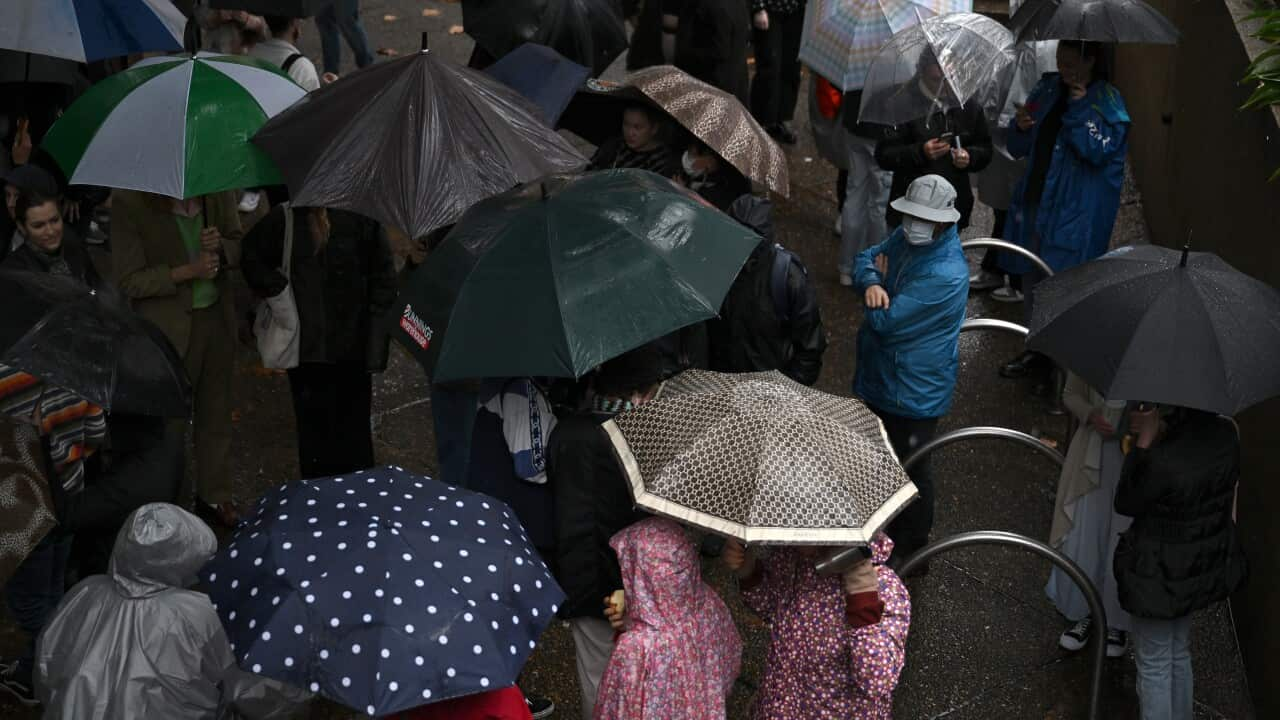Key Points
- BoM has moved its scale from "La Niña Watch" to "La Niña Alert"
- La Niña and its counterpart El Niño are two phenomena that are still not completely understood
The Bureau of Meteorology is predicting a cold and wet spring, with a third consecutive La Niña event likely to occur.
Australia experienced back-to-back La Niña years in 2020 and 2021. Now, a third is expected to develop, with the Bureau moving its scale from "La Niña Watch" to "La Niña Alert".
A final declaration can't be made until October or November at the earliest. But if confirmed, 2022 would see the fourth instance of three consecutive La Niña events since records began in 1900.
So, what might it look like if it happens?
What is a La Niña event?
The Bureau of Meteorology's (BoM) "La Niña Alert" means there's a 70 per cent chance of the event occurring during the spring - as has happened each time the alert has been raised in the past.
"La Niña means the changes in the sea surface temperature over the tropical Pacific Ocean, with water in the Eastern Pacific being cooler than normal, and waters in the western Pacific to north of Australia being warmer than normal", said Jonathan How, a senior meteorologist at the BoM.
"As trade winds strengthen, it increases the amount of water vapour in the air, and this brings more rainfall to the east and centre of the country, and a wetter start for the northern wet season."
The elevated likelihood comes at the same time as (IOD). This typically results in above-average rainfall for much of Australia, according to the BoM.
"A negative IOD, marked by warming northwest of Australia and over Indonesia, can enhance La Niña development through strengthening the Pacific trade winds that support a La Niña," said Dr Agus Santoso, a senior research associate at the University of NSW's Climate Change Research Centre.
La Niña and its counterpart El Niño (which brings long periods of dry weather) are two phenomena that are still not completely understood, and what is known is based on little more than a century of observations.
Dr Shayne McGregor, an associate professor at Monash University’s School of Earth, Atmosphere and Environment, said a scarcity of data makes it hard to comment on whether the occurrence of long-lasting or repeated events is unusual, or if the frequency of La Niña will change.
"Exactly why they don't terminate ... is something we are still doing scientific research on. This is, I suppose, not inconsistent with what we've seen in the historical past, and we've seen what I call a triple dip La Niña event on several occasions," Dr McGregor said.
Would it bring a heightened flood risk?
The weather pattern has been the driver of Australia's recent bout of devastating floods on the east coast.
Mr How said a third straight La Niña event would mean an "elevated flood risk" for that part of the country.
"As many Australians in the east know, the soils are still quite wet, the rivers are running quite high, and the dams are full, and with this outlook of increased rainfall, it does bring elevated flood risks for much of eastern Australia," he said.

Jonathan How, a senior meteorologist at the Bureau of Meterology, said a third straight La Niña event would mean an "elevated flood risk" for Australia's east coast. Source: AAP / Dan Himbrechts
"Many regions are still recovering from flooding events earlier this year and additional rainfall in already saturated catchment areas could impede this recovery" Professor Arblaster said.
The negative IOD, which is expected to peak in spring, would also likely mean "higher-than-normal rainfall" across southern parts of Australia, according to Dr Santoso.
"This is in addition to the prospect for the triple La Niña and the backdrop of already saturated catchments," he said.
What would it mean for bushfire risk?
The phenomenon is so complex, that a La Niña event may not preclude very dry days occurring in between heavy rain falls.
"Because the outlook is wetter than normal, the risk of bushfires is actually lower. But it does not mean that there'll not be days that are going to be very hot and dry. So we still need to be prepared for bushfire risk," Dr Santoso said.
The BoM is urging people to stay informed on the weather conditions as they continue to evolve.










